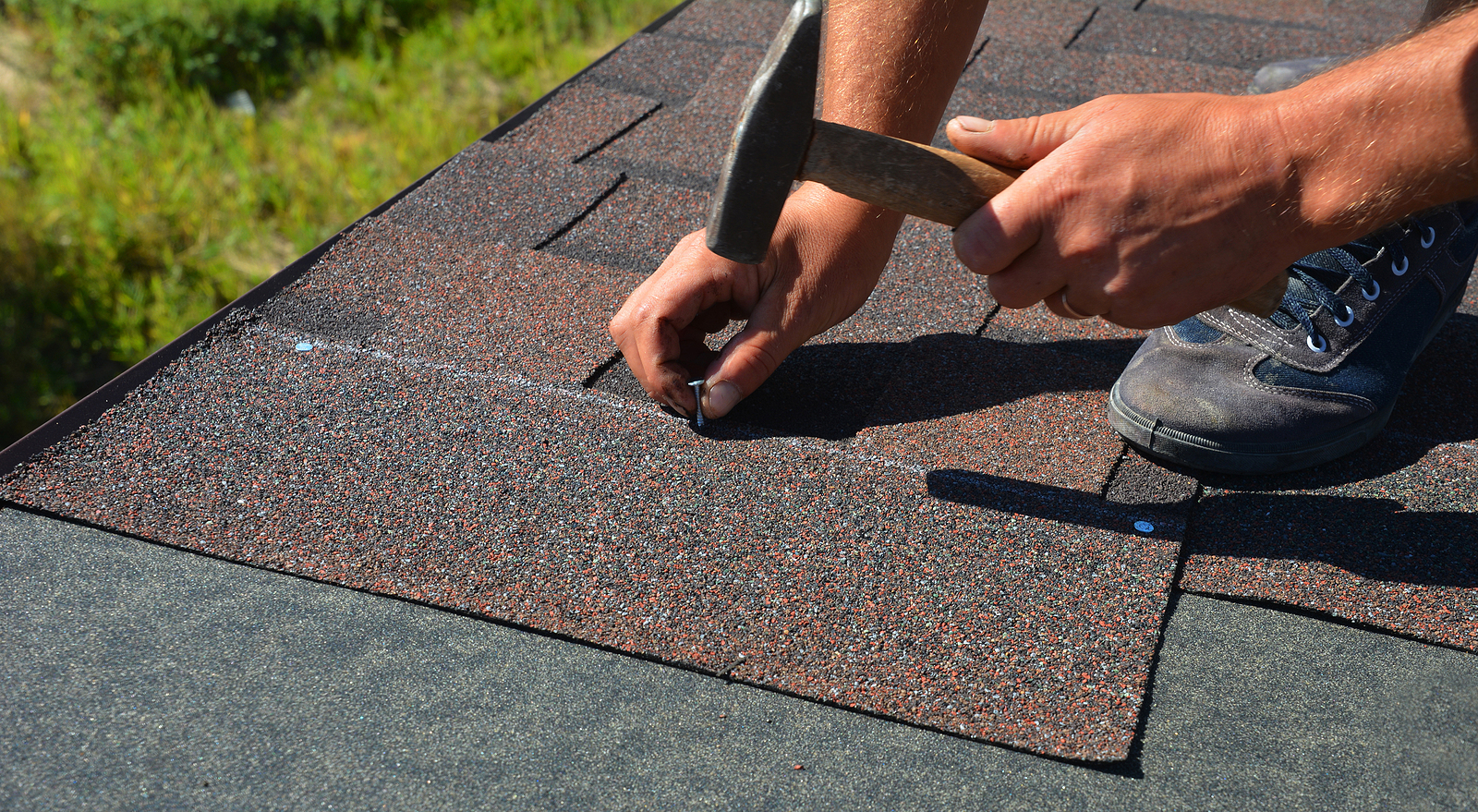As a roof ages, problems with it are inevitable. Even new roofs, however, are susceptible to the forces of nature, whether they include high winds that send trees crashing down, ice dams or pelting hail.
Of course, these roof repair emergencies are unavoidable, but routine maintenance can help stop smaller problems from becoming catastrophic. The experts at HomeAdvisor.com suggest that most roof leaks stem from these common problems:
- Inadequate roof pitch – low-slope or flat roofs are a bad choice in areas with lots of rain
- Missing shingles – even heavy material can lift and blow away
- Ice dams – Snow that melts and refreezes can build up, damming all the water behind it
- Faulty step flashing – common in older roofs
- Faulty pipe flashing – rain and snow can corrode the sealant, allowing moisture into the home
- Valleys – these are the channels that carry rainwater and if they’re damaged, the water won’t flow
“Minor repairs range between $150 and $1,500,” according to Chauncey Crail and Lexie Pelchen at Forbes.com.
Bigger jobs, they go on to say, may cost anywhere from $1,500 and $7,000 and this cost doesn’t include that of any permits you may be required to obtain.
If the roof is beyond repair, plan on forking out “… between $5,434 and $11,151,” for a new one according to Meghan Wentland at Bobvilla.com.
Roof Emergency Prevention
No, you can’t prevent wicked weather, but take certain steps and you’ll prevent ancillary damage.
Roof maintenance is the “single most important factor (after proper installation) for determining the life span and cost of a roof system,” according to the National Roofing Contractors Association (NRCA). William Good, the group’s executive vice president adds that “too often, roofs are ignored until they leak — and often, at that point, they have to be completely replaced.”
Professional roofers offer these maintenance tips:
- Inspect your roof twice a year, in fall and spring. Look closely at the shingles to ensure none are buckled, curled, cracked or missing. These need to be replaced immediately.
Then, inspect the area around the chimney, pipes and anything else that is attached to and extends from the roof. Look for looseness or wear.
Finally, when you clean the gutters, look for large amounts of shingle granules that have been blown off or worn away from the shingles. These granules add weight to the shingles and finding large amounts in the gutters is a sign that some of the shingles may need to be replaced.
- Inspect the ceiling in the attic, looking for signs of moisture intrusion. These include a musty odor, mold and damp insulation.
- Cut back tree branches that extend to within 6 feet of your roof.
- Routinely remove leaves that fall on the roof. These trap moisture and may rot the roofing material beneath them, according to Werner & Sons Roofing in Grand Haven, MI.
No, the inspection doesn’t sound like fun. But, trust us, it’s a lot more fun than writing a check for the cost of a new roof.






